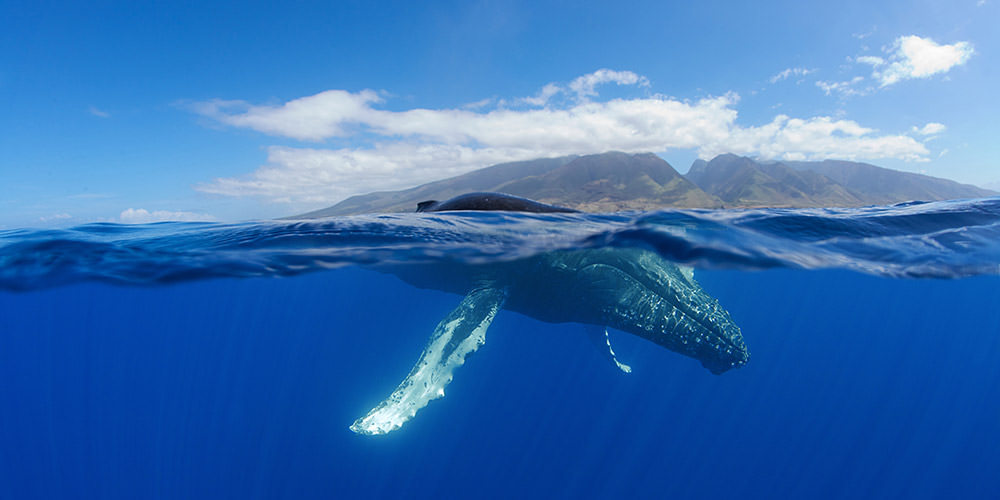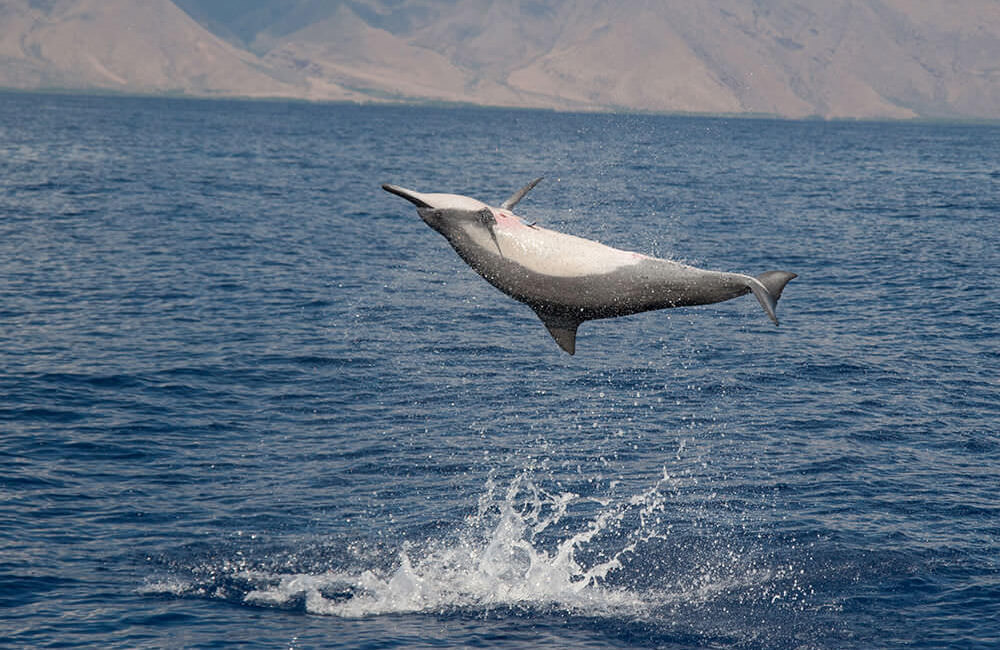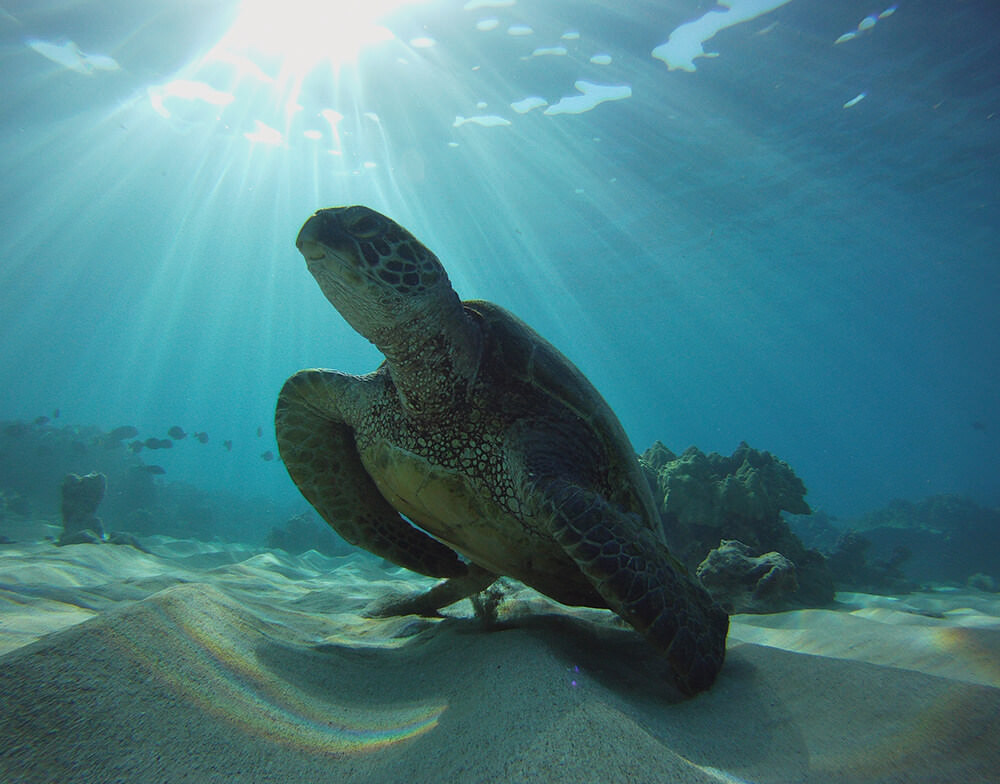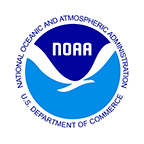About the Sanctuary

The Hawaiian Islands are the principal winter breeding grounds for the North Pacific humpback whale population. Each winter and spring approximately half of the north Pacific humpback whales, representing thousands of animals, visit the waters around the Hawaiian Islands, including sanctuary waters. Here they breed, give birth, and nurse their young.
Humpback whales are generally seen in Hawaiʻi from November through April each year, with the peak season from January through March. While in Hawai‘i, humpback whales engage in all aspects of the breeding cycle, including competing for mates, mating, giving birth, and nursing newborn calves.

Because the Hawaiian Islands are such an important breeding habitat for the population, Hawaiian Islands Humpback Whale National Marine Sanctuary was created to offer protection for whales while in their prefered habitats, which are the relatively shallow waters less than about 600 feet deep that are found around the islands. These areas include Penguin Bank, the Maui Nui region (Maui, Lāna‘i, Moloka‘i, and Kaho‘olawe), Kaua‘i and Ni‘ihau, Hawai‘i Island, and O‘ahu.
In addition to humpback whales, 23 other cetacean species have been observed in Hawaiian waters, including the bottlenose dolphin (Tursiops truncatus), the false killer whale (Pseudorca crassidens), the spinner dolphin (Stenella longirostris), and the spotted dolphin (Stenella attenuata).

Besides cetaceans, five species of marine turtles are known to inhabit Hawaiian waters: the green sea turtle (Chelonia mydas), hawksbill (Eretmochelys imbricata), leatherback (Dermochelys coriacea), loggerhead (Caretta caretta), and olive ridley (Lepidochelys olivacea). Only the endangered hawksbill turtle and the threatened green sea turtle are commonly found in Hawaiian waters.
Although breeding populations of the endangered Hawaiian monk seal (Monachus schauinslandi) occur primarily in the Northwestern Hawaiian Islands, recent years have seen increasing numbers of monk seals occupying and breeding in the main Hawaiian Islands. As a result, monk seals are becoming increasingly common in sanctuary waters.

